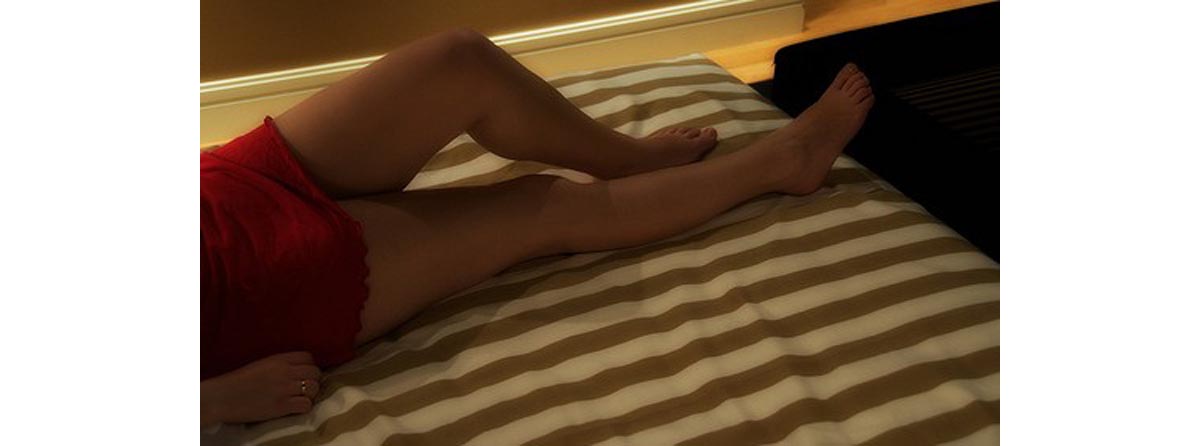Table of Contents
Among the most common problems or abnormalities seen in walking or running is where someone's pronation is excessive. This means that when you walk, the rolling inward of the foot is sustained for too long or perhaps at the wrong stage in the gait cycle. The problem with this is that when the foot rolls inwards it takes the big weight-bearing bone in the shin (the tibia) with it, which rotates towards the other leg.

Are you starting to see where the 'thigh bone' song comes in now?
And one thing leads to another
Similarly if the knee is twisted inwards by excessive pronation, this will make the thigh bone (femur) rotate inwards, as it forms the other half of the knee joint. As the femur is part of the hip joint, this can often lead to hip pain.
Because excessive pronation may occur in just one or both feet, the knee and/or hip pain it causes may be felt on one or both sides.
What’s the link between back pain and poor foot function?
As we transfer bodyweight from foot to foot as we advance, we necessarily rotate about the middle of the body, with first one hip being in front, then the other. Our backs are covered by layers of muscles, some of which cross from one side to the other, and some extend into our buttocks (the ‘gluteal’ muscles or ‘gluts’), while others are wrapped around our hip joints. So as our pelvis (which contains the hip joints) rotates with each step, these muscles are being pulled in different directions. If gait is not well-balanced, there may be strain on the back leading to muscular pain.
Posture also depends on our feet
Our back naturally has a gentle ‘S’ shape to it, from the base of the neck to the bottom of the spine.
It is not uncommon when people are given special insoles (orthotics) to correct excessive pronation they immediately feel taller when they walk with them in their shoes – this is an illusion caused by improvement in their back posture and hold their head up more. The effect of excessive pronation on posture can often cause back pain.
And so to the head
We have a very large kite-shaped muscle covering the upper part of the back, extending up the back of the neck and onto the base of the skull, called trapezius. The distortions and imbalance that excessive pronation can cause through the skeleton and muscles of the back, can be transmitted to this muscle, causing uneven tension in it, leading to ‘tension’ headaches. (These can also be caused by other problems such as teeth clenching and other postural problems leading to strain on the neck muscles).
What can be done about excessive pronation?
If you think this might be your problem you need to see a foot specialist (podiatrist) as they are trained in analyzing gait and treating associatedproblems.
- Neale’s Disorders of the Foot. 8th Edition. Published by Churchill Livingstone, Edinburgh, UK
- Valmassy RL. Clinical Biomechanics of the Lower Extremities. Published by Mosby, Missouri USA
- Perry J. Gait Analysis. Normal and Pathological Function. Published by Slack, New Jersey, USA
- Photo courtesy of Ralph von der Heyden by Flickr : www.flickr.com/photos/rvdh/3557615878/
- Photo courtesy of Mario Antonio Pena Zapatería by Flickr : www.flickr.com/photos/oneras/4464716994/
- www.medicinenet.com/tension_headache/article.htm


Your thoughts on this